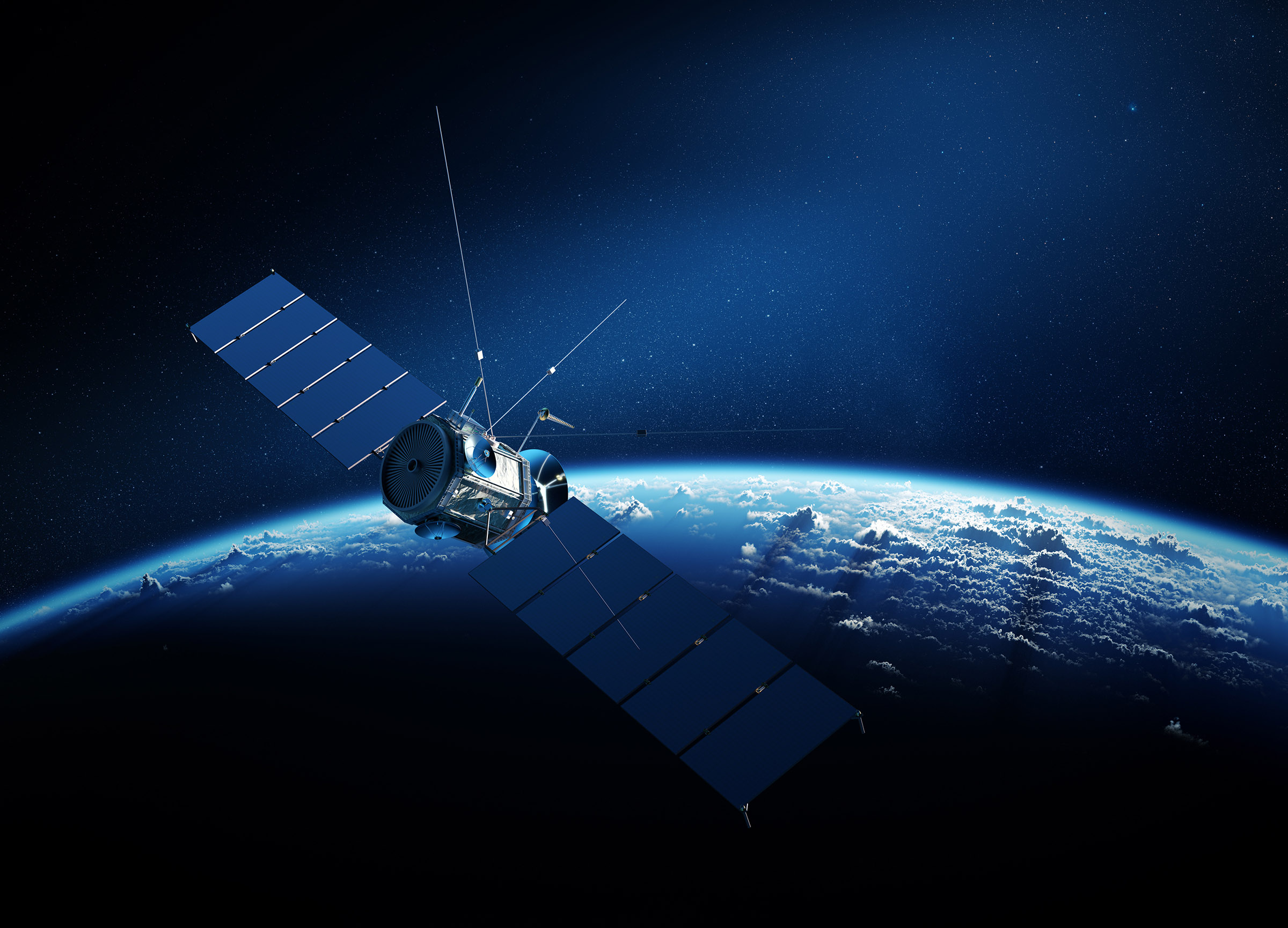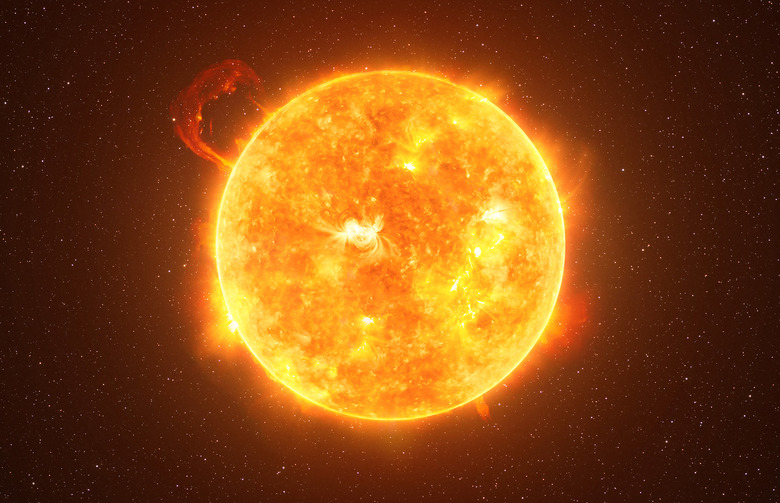Japan Plans To Beam Solar Power Down From Space By 2025
The sun will eventually burn up and expand, taking our solar system with it. But, before that happens, Japan and JAXA ,the country's space administration, want to figure out a way to rip power from the sun and use it here on Earth. The answer there could come into play as early as 2025 when Japan plans to create a solar power beam down to Earth.
Solar power has proven to be a very reliable source of renewable energy. The only downside is cloud coverage, nighttime, and other elements that make it harder for solar equipment to soak up much-needed sunlight to turn into electricity. But what if you could do away with all those problems? What if you could beam the sun's power straight down from space without worrying about all that?
According to reports from Nikkei, a Japanese public-private partnership will try to beam solar power down from space as soon as 2025 – just two years from now. The project is being led by Naoki Shinohara, a professor from Kyoto University who has been working on a program based on solar energy since 2009.

The attempt will see the team deploying small satellites into orbit, then beaming energy from those arrays that are positioned on the ground. If successful, the possibility of beaming down unlimited energy (or at least unlimited for the next few hundred billion years) will be within our grasp.
It's an intriguing idea and one that has been proposed to some degree since the late 1960s. But making a system that can properly harness solar power and then beam it down to Earth reliably is difficult. Since the first proposition in 1968, several countries, including the US and China, have tried to establish systems like this, but none have even come close.
The big problem here isn't just proving that you can do it. According to Engadget, producing an array that can generate 1 gigawatt of power (the output of a single nuclear reactor) would cost upwards of $7 billion, making these plans to beam solar power from outer space more science fiction than reality. Still, it is an exciting notion.
